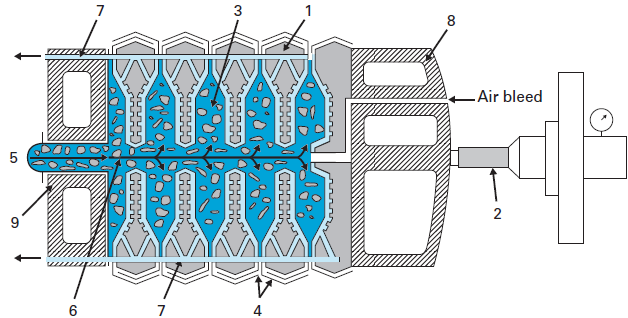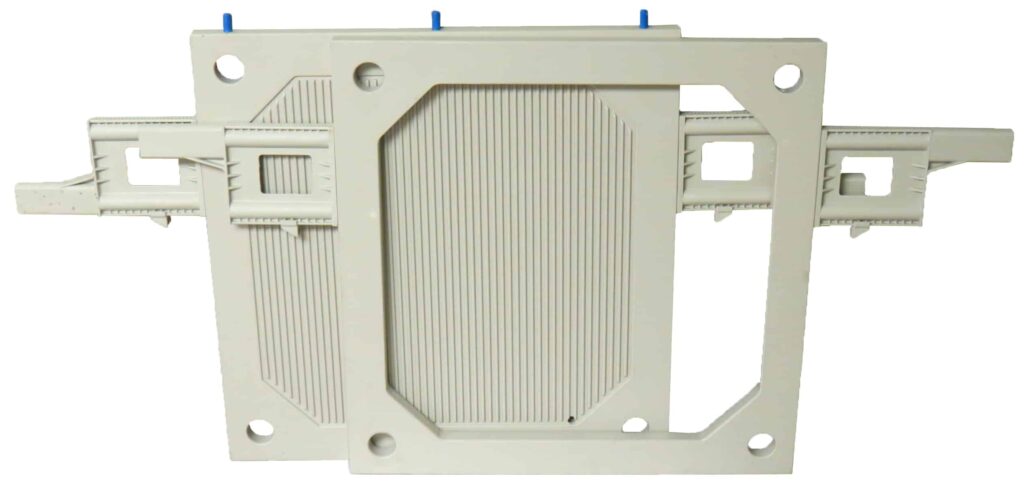Filter press plates are vital components in filtration systems, enabling efficient separation of solid particles from liquids. This article aims to provide a detailed understanding of filter press plates, their functionality, and their applications. By exploring different types of filter press plates and their benefits in diverse industries, readers will gain insights into the importance of these plates in enhancing solid-liquid separation processes.
What Are Filter Press Plates?
Filter press plates are sturdy, flat surfaces that form the core of a filter press. They are designed to support filter cloths and aid in the separation of solids from liquids. These plates feature a series of recessed chambers and are typically made of materials such as polypropylene or stainless steel, known for their durability and chemical resistance.
How Do Filter Press Plates Work?
Filter press plates function by creating a sealed environment within the filter press. The plates, when compressed together, form a series of chambers. The liquid slurry is pumped into these chambers, and the solids are retained by the filter cloth, while the filtrate passes through the cloth and drains out. The filter press plates ensure uniform distribution of pressure, promoting efficient filtration and separation.

Types of Filter Press Plates
Several types of filter press plates are available, each designed for specific filtration requirements. Some common types include:
Recessed Chamber Plates: Feature recessed chambers that hold the filtrate and solids.
Membrane Plates: Incorporate an elastomeric membrane that can be inflated to exert additional pressure on the filter cake, improving filtration efficiency.
Plate and Frame Plates: This consists of a combination of filter plates and frames, allowing for flexibility and easy replacement.
Applications of Filter Press Plates
Filter press plates are utilized in various industries and applications, including:
Mining and Metallurgy: Effective separation of mineral concentrates and waste streams.
Chemical and Pharmaceutical: Removal of impurities and purification of liquids.
Food and Beverage: Clarification of juices, oils, and syrups.
Wastewater Treatment: Dewatering of sludge and separation of solids from wastewater.
Environmental Remediation: Treatment of contaminated soils and sediment.

Conclusion:
In conclusion, filter press plates play a crucial role in solid-liquid separation processes. Their design, materials, and types cater to diverse filtration requirements across industries. By understanding the functionality and applications of filter press plates, professionals can optimize their filtration systems, improve efficiency, and reduce operating costs. Whether it is mining, chemical processing, or wastewater treatment, the appropriate selection and utilization of filter press plates contribute to successful solid-liquid separation and overall process effectiveness.
